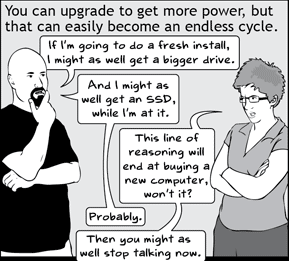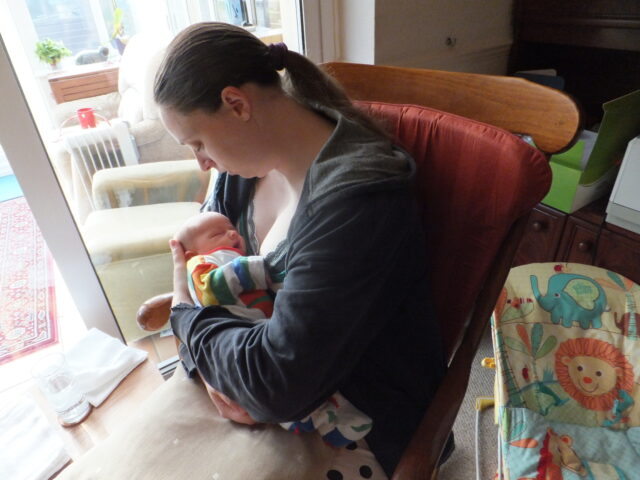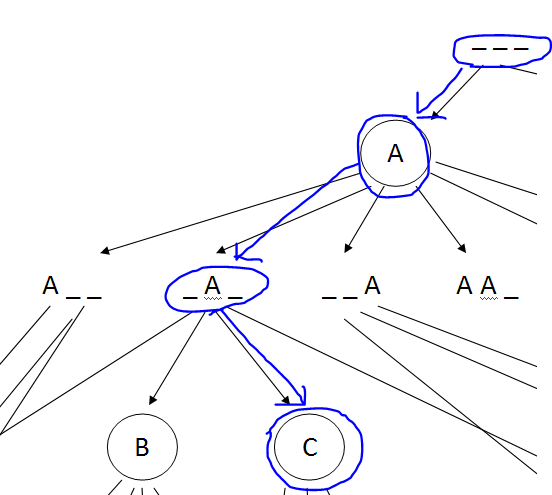Last weekend was an exciting and unusual experience, full of exciting (expected) things interspersed with a handful of exciting (unexpected) things. Let’s go chronologically:
Thursday/Friday – Mario, Magic, Marriage
I left work, picked up a rental car (having unfortunately forgotten to take my counterpart driving license to the rental place, I had the choice of either cycling for an hour to collect it or else paying a fiver for them to run a DVLA check, and I opted for the latter on the grounds that an hour of my time (especially if I have to spend it cycling back and forth along the same stretch of road) is worth more to me than a picture of Elizabeth Fry. I drove home, packed a bag, said goodbye to Ruth, JTA, and Annabel, and drove up to Preston.

There, I spent most of Friday playing the new Mario game with my sister Becky, gave a few small performances of magic (did I mention I’m doing magic nowadays? – guess that’ll have to wait for another blog post) at various places around Preston, and went out for a curry with my mother, my sisters Becky and Sarah, and Sarah’s boyfriend Richard. So far, so ordinary, right? Well that’s where things took a turn. Because as Becky, our mother, and I looked at the drinks menu as we waited for Sarah and her boyfriend to turn up… something different happened instead.

Sarah turned up with her husband.
It turns out that they’d gotten married earlier that afternoon. They’d not told anybody in advance – nobody at all – but had simply gone to the registry office (via a jewellers, to rustle up some rings, and a Starbucks, to rustle up some witnesses) and tied the knot. Okay; that’s not strictly true: clearly they had at least three weeks planning on account of the way that marriage banns work in the UK. Any case case, I’ve suddenly got the temptation to write some software that monitors marriage announcements (assuming there are XML feeds, or something) and compares them to your address book to let you know if anybody you know is planning to elope, just to save me from the moment of surprise that caught me out in a curry house on Friday evening.

So it turns out I’ve acquired a brother-in-law. He’s a lovely chap and everything, but man, that was surprising. There’ll doubtless be more about it in Episode 32 of Becky’s “Family Vlog”, so if there was ever an episode that you ought to watch, then it’s this one – with its marriage surprise and (probably) moments of magic – that you ought to keep an eye out for.
Saturday/Sunday – Distillery, Drinking, Debauchery
Next, I made my way up to Edinburgh to meet up with Matt R and his man-buddies for a stag night to remember. Or, failing that, a stag night to forget in a drunken haze: it’s been a long, long time since I’ve drunk like I did on that particular outing. After warming up with a beer or two in our hotel room, the five of us made our way to the Glenkinchie Distillery, for a wonderful exploration into the world of whiskies.

And then, of course, began the real drinking. Four or five whiskies at the distillery bar, followed by another beer back in the hotel room, followed by a couple more beers at bars, followed by another four whiskies at the Whiski Rooms (which I’d first visited while in Edinburgh for the fringe, last year), followed by a beer with dinner… and I was already pretty wiped-out. Another of the ‘stags’ and I – he equally knackered and anticipating a full day of work, in the morning – retired to the hotel room while the remainder took Matt out “in search of a titty bar” (a mission in which, I gather, they were unsuccessful).

Do you remember being in your early twenties and being able to throw back that kind of level of booze without so much as a shudder? Gosh, it gets harder a decade later. On the other hand, I was sufficiently pickled that I wasn’t for a moment disturbed by the gents I was sharing a room with, who I should re-name “snore-monster”, “fart-monster”, and “gets-up-a-half-dozen-times-during-the-night-to-hug-the-toilet-bowl-monster”. I just passed out and stayed that way until the morning came, when I went in search of a sobering double-helping of fried food to set me right before the long journey back to Oxford.
All in all: hell of a stag night, and a great pre-party in anticipation of next weekend’s pair of weddings… y’know, the ones which I’d stupidly thought would be the only two couples I knew who’d be getting married this fortnight!


















































































